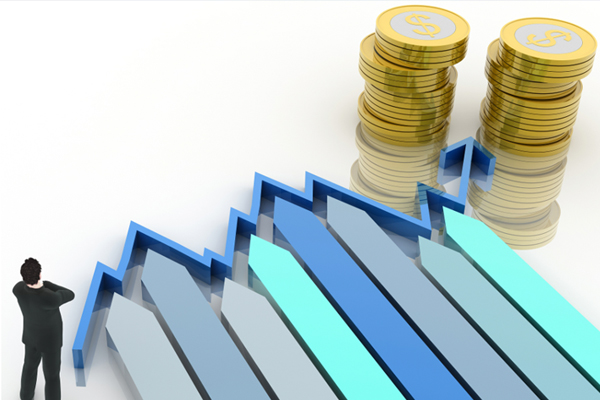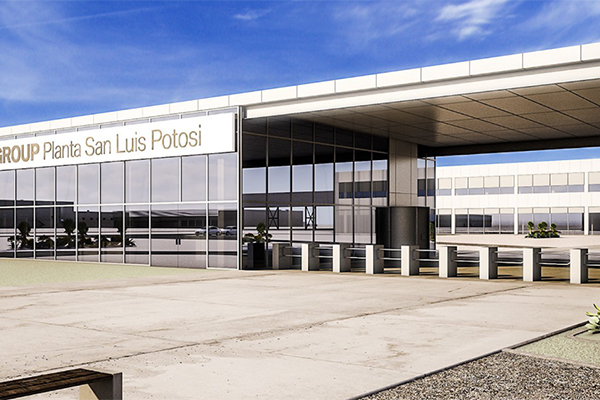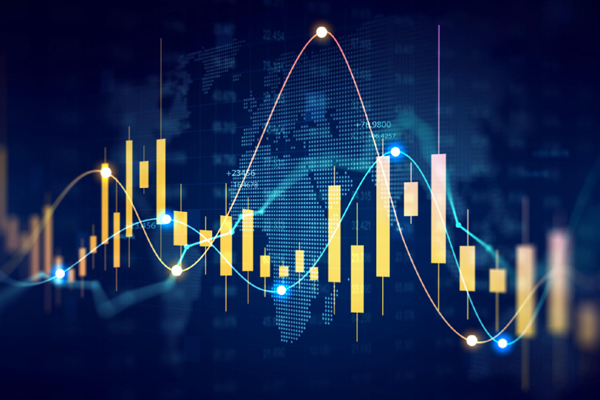News
Cost of building a factory in Mexico: Analysis of cost structure by users
When building a factory in Mexico, users usually conduct a detailed analysis of the cost structure to ensure the effectiveness and feasibility of the investment. The following are common structures of construction costs in Mexico and several key factors that users may be concerned about when analyzing these costs:
1. Land and factory construction costs
Land purchase or leasing costs: Land is one of the fundamental costs for building a factory. The land prices in Mexico vary greatly depending on the region. Industrial parks or areas near major logistics centers have higher land prices, while remote areas have relatively lower prices. Users usually choose the location of land based on production scale, logistics convenience, and market proximity.
Purchasing land: If choosing to purchase, users need to consider the long-term investment return and potential for appreciation of the land.
Leasing land: Leasing is usually a low initial investment option, but long-term leasing costs may be higher, especially in popular industrial areas.
Factory construction cost: including the design, construction, and equipment installation of the factory. The construction cost in Mexico is relatively low, but it still varies depending on the size of the factory, building materials, and region. Users usually need to evaluate the construction period, quality requirements, and whether customized factory facilities are needed.
2. Equipment and production line investment
Equipment procurement cost: Equipment investment is one of the expenses that cannot be ignored in the process of building a factory. Factors such as equipment type, production line automation level, and technical requirements can all affect the cost of equipment procurement. For high-end automation equipment, the initial investment is relatively large, but in long-term operation, it can improve production efficiency and reduce labor costs.
Installation and commissioning costs: Equipment installation and commissioning are necessary steps to ensure the normal operation of the factory, which may involve professional personnel costs, transportation costs, and commissioning time. For imported equipment, transportation and tariffs are also additional costs that need to be considered.
3. Human resource costs
Recruitment and training costs: Building a factory in Mexico requires recruiting local employees and providing corresponding training. The labor costs in Mexico are relatively low, but salaries in certain specific fields such as technology and management positions may be higher. When evaluating labor costs, users need to consider expenses such as wages, social security, benefits, and employee training.
Long term salary burden: Users also need to consider the long-term salary expenses of employees. The minimum wage standard in Mexico is relatively low, but there is a significant wage gap within the industry, especially in technical and managerial positions where salary requirements are high.
4. Tax and legal fees
Registration and licensing fees: When building a factory in Mexico, companies need to register and obtain relevant business licenses, environmental permits, etc. The cost and complexity of obtaining these licenses vary depending on the location of the factory and the industry.
Tax burden: Mexico's tax system includes corporate income tax, value-added tax (IVA), local taxes, etc. The tax rates vary depending on the type of enterprise, industry, and region. Users need to make detailed plans in terms of tax burden to ensure tax compliance in factory operations.
Corporate Income Tax (ISR): The standard corporate income tax rate in Mexico is 30%. But for some specific regions or industries, they may enjoy certain tax incentives.
Value added tax (IVA): The value-added tax is usually 16%, and companies may need to pay VAT when purchasing raw materials or equipment.
5. Infrastructure and utility costs
Electricity, water, and natural gas costs: Energy prices in Mexico are relatively low, but they still fluctuate depending on different regions and energy demands. Users need to consider the stability and price of energy supply.
Transportation and logistics costs: Based on the geographical location of the factory, users need to consider the logistics costs of transporting raw materials and finished products. Factories located near ports, airports, or major transportation routes typically reduce logistics costs. For inland areas, transportation costs may be higher.
6. Foreign trade and tariff costs
Import and export taxes and fees: If a company's production equipment or raw materials need to be imported, tariffs and import and export fees will be costs that cannot be ignored. Mexico has signed free trade agreements (such as USMCA) with multiple countries and regions, which may have an impact on import and export taxes and fees.
Import tariffs: Depending on the type of imported goods and the country of origin, users may need to pay different tariffs. The Mexican government imposes lower tariffs on certain categories of goods, but for high-tech products or certain consumer goods, tariffs may be higher.
7. Environmental and safety compliance costs
Environmental compliance: Mexico has strict environmental regulations, especially for highly polluting industries. Enterprises need to conduct an Environmental Impact Assessment (EIA) before building a factory and take necessary environmental protection measures based on the assessment results. Environmental protection equipment, waste disposal, pollution monitoring, etc. are all possible additional costs.
Safety compliance: In addition to environmental protection, Mexico also has strict requirements for the safety production and working conditions of enterprises, including compliance fees for fire prevention, labor safety, and other aspects.
8. Operating and management costs
Supply chain and operational costs: In addition to fixed construction costs, users also need to consider management costs in daily operations, including purchasing raw materials, managing personnel salaries, logistics expenses, etc. The operating costs in Mexico are closely related to the region, industry, and supply chain efficiency.
Maintenance and upgrade costs: Regular maintenance and upgrades of equipment and factory buildings are also long-term expenses that users need to consider. This includes equipment maintenance, building facility maintenance, etc.
Summary: Users' Attention to Cost Structure
When users build factories in Mexico, their analysis of cost structure usually revolves around the following aspects:
Land and factory costs: geographical location, leasing or purchasing, construction costs.
Equipment and production line investment: equipment procurement, installation and commissioning, tariffs, etc.
Human resource costs: recruitment, training, salary expenses.
Tax and legal fees: registration, licensing, tax burden.
Infrastructure costs: energy, transportation, logistics, etc.
Foreign trade and tariff costs: import and export taxes, tariffs, etc.
Environmental and safety compliance: the cost of complying with environmental regulations and safety requirements.
Operating and management costs: expenses related to daily operations and equipment maintenance.
The cost of building a factory in Mexico is relatively low compared to other countries, but companies still need to consider the impact of various costs and ensure detailed budgeting and cost planning before building a factory.
Next:Reasons why users choose to build factories in Mexico





